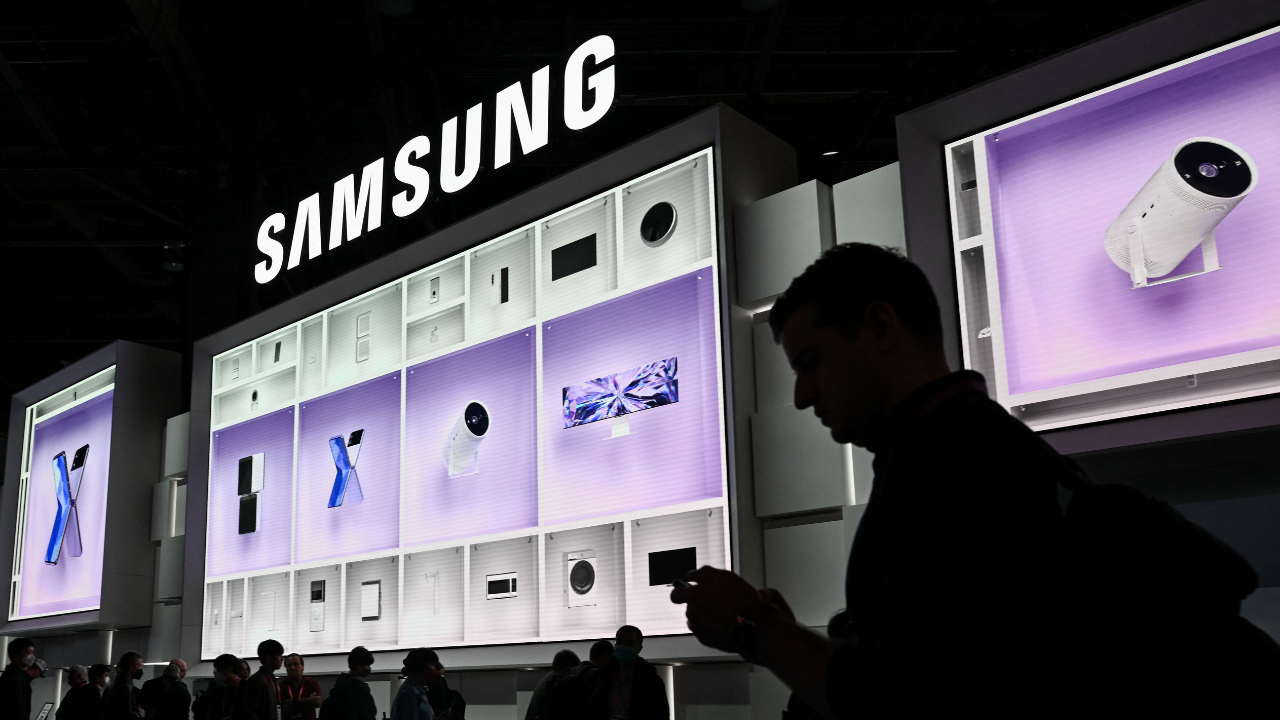Samsung has shared a comprehensive update on its Global Goals initiatives and future device features, emphasizing its commitment to sustainability through technology. Alongside this, Samsung’s Galaxy S25 series details reveal a strategic shift in OLED development, showcasing the company’s balanced focus on community welfare and technical innovation.
Samsung’s Support for Global Goals: Impact Through Technology
Since partnering with the United Nations Development Programme (UNDP) in 2019, Samsung has championed the Global Goals, a set of 17 Sustainable Development Goals (SDGs) aimed at addressing global challenges by 2030. The collaboration birthed the Samsung Global Goals app, which engages Galaxy users in SDG awareness and encourages them to support through in-app ads, wallpapers, and direct contributions. This accessible platform is designed to drive small but collective action toward sustainability.
Through initiatives like Generation17, Samsung spotlights young global leaders such as Efe Johnson, Thùy Anh Ngô, and Tafara Makaza, who tackle issues ranging from reproductive health education to economic mobility and elderly care. Samsung remains dedicated to using its technology and resources to build a better future and facilitate innovation for social impact as the 2030 target approaches.
Galaxy S25 OLED Specifications: Practical Choices Amid Advancements
In an intriguing update for Galaxy enthusiasts, Samsung has confirmed details for the upcoming Galaxy S25 series’ OLED displays. Reports indicate that the Galaxy S25 lineup—including the standard S25, S25 Plus, and S25 Ultra—will feature OLED panels utilizing M13 material rather than the anticipated M14. This strategic choice allows Samsung to manage production costs while maintaining high display quality, a decision influenced partly by the expense of Snapdragon 8 Elite processors expected to power the devices.
Each Galaxy S25 variant will boast Low-Temperature Polycrystalline Oxide (LTPO) technology, enhancing energy efficiency and reducing power consumption. The sizes for the displays are expected to be 6.16 inches for the S25, 6.66 inches for the S25 Plus, and 6.86 inches for the S25 Ultra, catering to a range of user preferences without compromising on quality.
Supply Chain and Material Sourcing for the Galaxy S25 OLED
Samsung’s OLED sourcing for the Galaxy S25 series reflects the company’s meticulous approach to display quality. According to industry reports, major material suppliers for the Galaxy S25’s OLED components include DuPont, UDC, and Duksan Neolux for red luminescent layers, Samsung SDI and Merck for green, and SFC and Idemitsu Kosan for blue. Additionally, LG Chem and Duksan Neolux contribute advanced layers that enhance blue element brightness and other display aspects, ensuring the S25 series meets Samsung’s display standards.
Community and Tech-Focused Future
Samsung’s dedication to both the Global Goals and advanced display technology illustrates its dual mission of corporate responsibility and innovation. By balancing support for global social impact initiatives with refined tech choices for its flagship products, Samsung continues to reinforce its position as a leader committed to positive change and technical excellence. As the Galaxy S25 series approaches its launch, Samsung’s efforts in sustainable action and innovation offer Galaxy users a powerful connection to both global improvement and cutting-edge technology.






